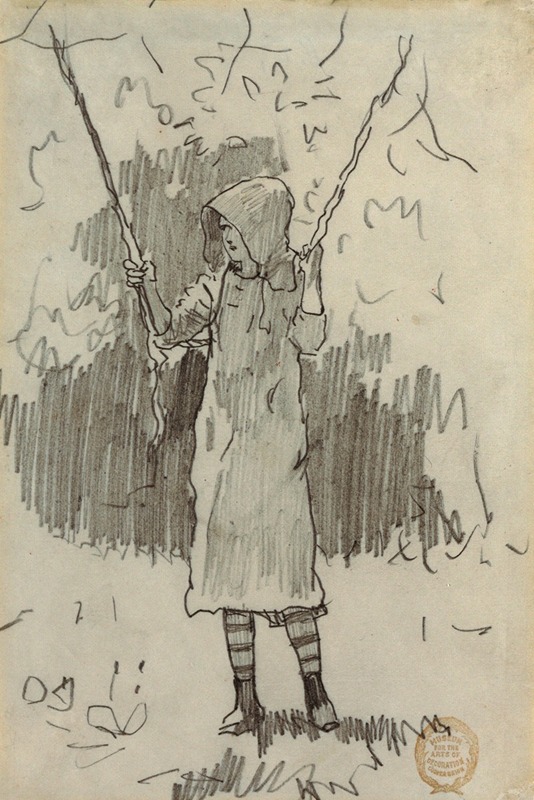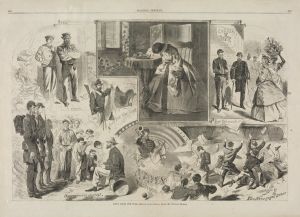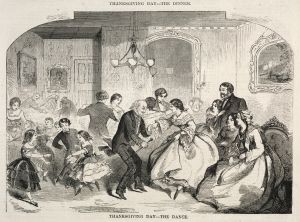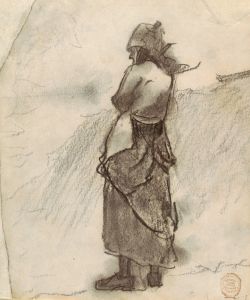
Girl on a Swing
A hand-painted replica of Winslow Homer’s masterpiece Girl on a Swing, meticulously crafted by professional artists to capture the true essence of the original. Each piece is created with museum-quality canvas and rare mineral pigments, carefully painted by experienced artists with delicate brushstrokes and rich, layered colors to perfectly recreate the texture of the original artwork. Unlike machine-printed reproductions, this hand-painted version brings the painting to life, infused with the artist’s emotions and skill in every stroke. Whether for personal collection or home decoration, it instantly elevates the artistic atmosphere of any space.
Winslow Homer, an American artist renowned for his landscape and marine subjects, created the painting "Girl on a Swing" in 1879. This artwork is a testament to Homer's ability to capture the essence of American life in the late 19th century, focusing on themes of leisure and the innocence of childhood.
"Girl on a Swing" depicts a young girl in a moment of carefree joy, swinging beneath a tree. The setting is likely rural, as suggested by the lush greenery and the simplicity of the scene. Homer’s use of light and shadow in the painting highlights the girl's figure and the movement of the swing, creating a dynamic composition that draws the viewer's eye. The girl's attire, a simple dress typical of the period, and her expression of delight, convey a sense of innocence and freedom.
Homer's technique in this painting reflects his skillful use of watercolor, a medium he increasingly favored during this period of his career. Watercolor allowed Homer to capture the spontaneity and fluidity of the scene, with delicate brushstrokes and a subtle palette that enhances the natural setting. This work is part of a series of paintings and watercolors Homer produced during his time in Belmont, Massachusetts, where he spent the summer of 1879. The series often focused on children and women engaged in leisurely activities, reflecting a broader cultural interest in the idyllic aspects of rural life during the post-Civil War era in America.
The painting is notable for its composition and the way Homer uses the natural environment to frame the subject. The tree branches and leaves create a natural canopy, emphasizing the girl's central position in the artwork. This framing device not only focuses attention on the girl but also integrates her into the landscape, suggesting a harmonious relationship between humans and nature.
"Girl on a Swing" exemplifies Homer's transition from his earlier work as an illustrator to his mature style as a painter. By the late 1870s, Homer had moved away from the more detailed and narrative-driven style of his illustrations to a more impressionistic approach, emphasizing mood and atmosphere over detailed storytelling. This shift is evident in the loose brushwork and the emphasis on light and color in "Girl on a Swing."
The painting is housed in the collection of the Museum of Fine Arts in Boston, Massachusetts. It remains a popular piece for its charming depiction of childhood and its representation of Homer's evolving artistic style. "Girl on a Swing" continues to be celebrated for its technical mastery and its ability to evoke the simple pleasures of life, a theme that resonates with audiences even today.


















